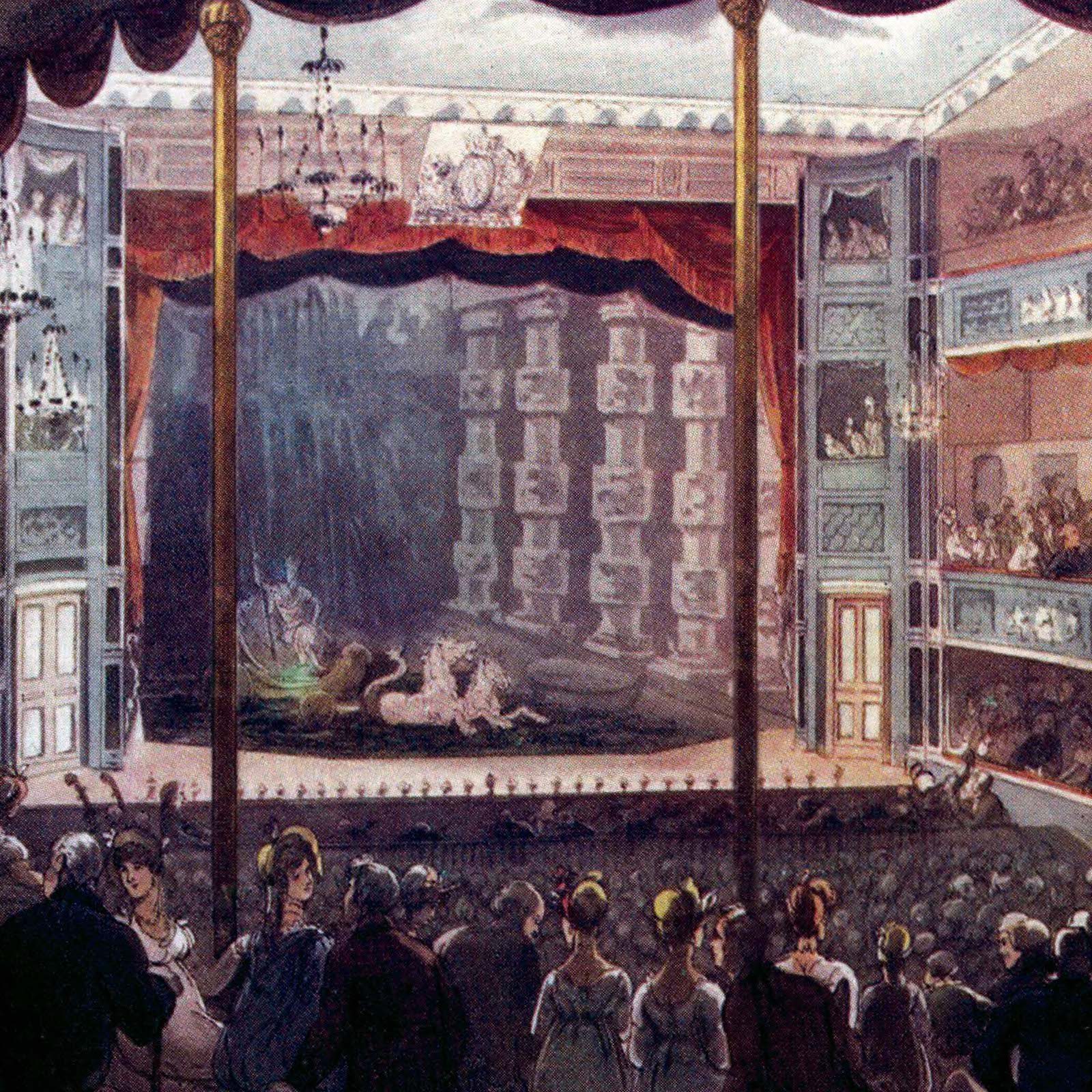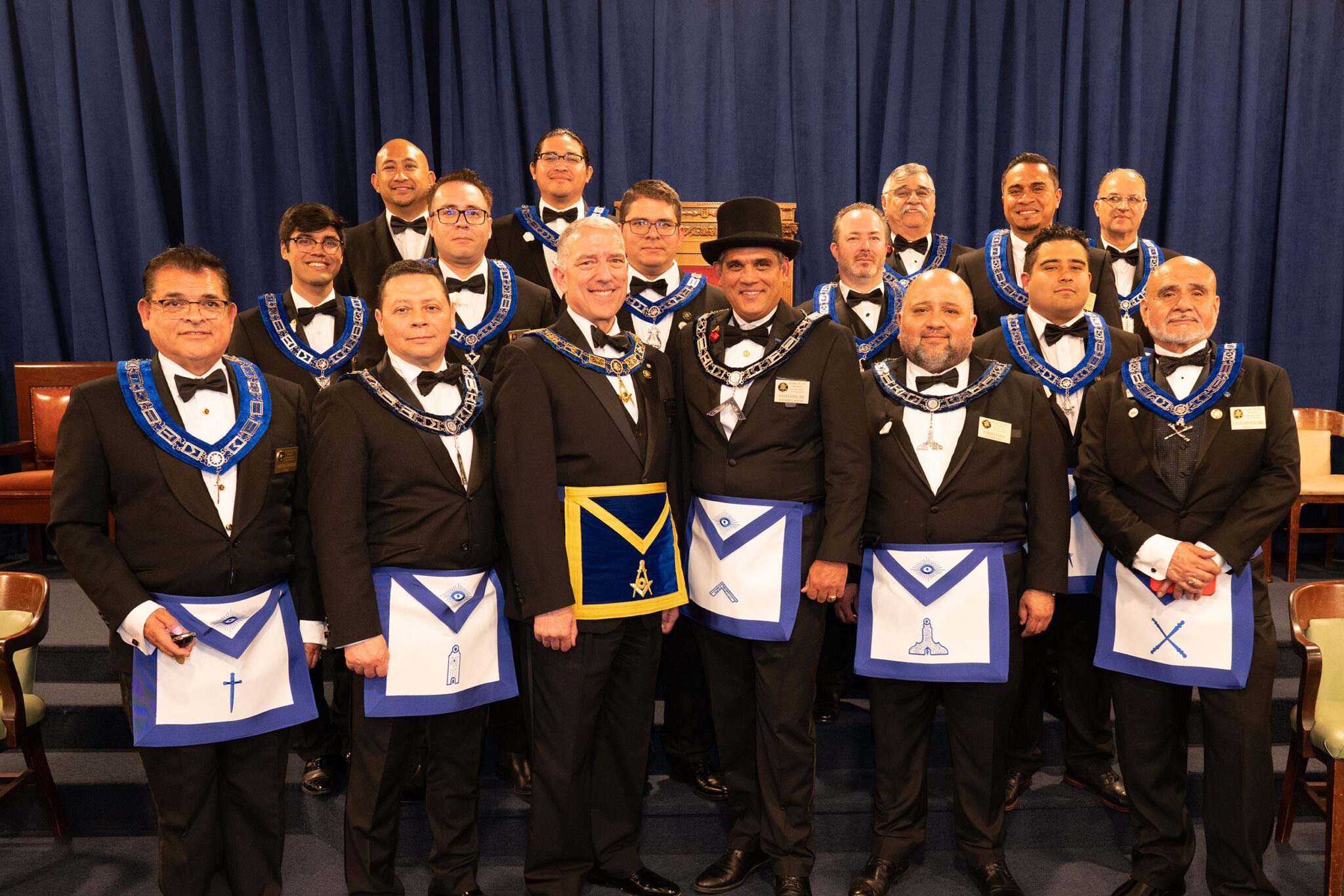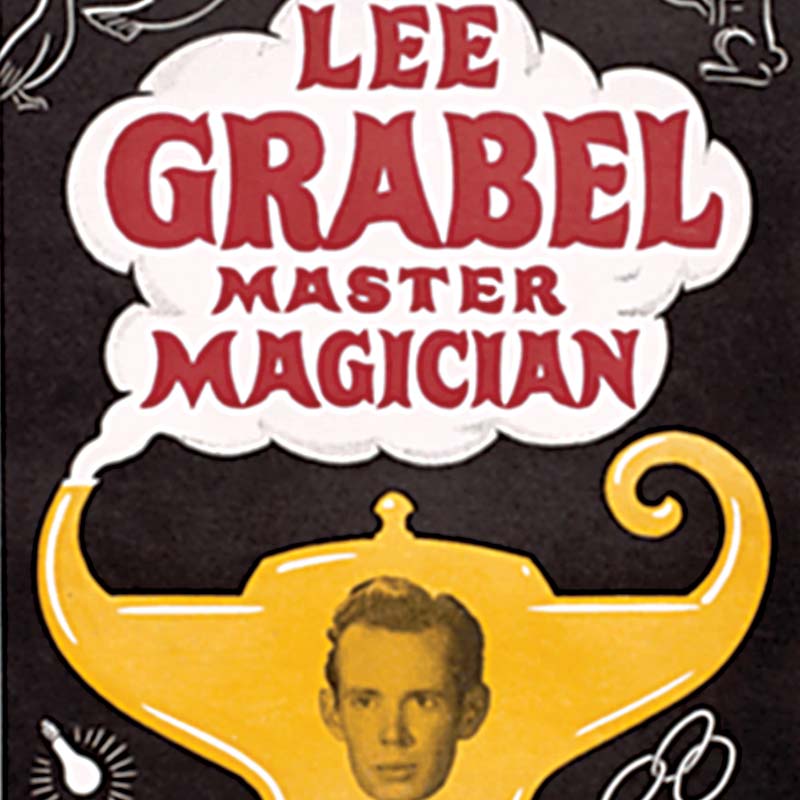
How Richard Potter Vanished From History
For 200 years, magician Richard Potter—once the most famous performer in America, and a Prince Hall Mason—has kept the public guessing.
By Ian A. Stewart
It all started, you could say, with 16 men, five women, 10 boys, and six girls—the first cohort to move into the Masonic Home for Widows and Orphans in Decoto. Now, 125 years later, the Masonic Homes of California serve more than 300 senior residents across two campuses; plus another several hundred families throughout the state receiving care, case management, and emergency funds; and nearly 1,000 children, families, and students through mental health and educational assessment services. What a difference a century and a quarter makes.

As the Masonic Homes approaches that notable anniversary (the first building was formally dedicated Oct. 12, 1898; the first residents actually arrived in March 1899), it’s given the fraternity an opportunity to reflect on just how far the organization has come. And, its leaders say, on how enduring that commitment to Masonic relief has been.
Above:
An aerial shot of the Masonic Homes in Covina today.
Consider: The first seeds for what would eventually become the Masonic Homes were planted during the famous cholera epidemic of 1850 in San Francisco and Sacramento, during which the members of three lodges totaling just 69 members were able to raise $4,500 for relief efforts and established one of the state’s first hospitals, at Sutter’s Fort. That effort saved countless lives and offered a dignified burial to thousands more, while totally exhausting those lodges’ coffers. In the face of another pandemic, 170 years later, California Masons again rallied to raise critical funds for those impacted by COVID-19, an effort organized through Masonic Outreach Services— itself an extension of the Masonic Homes’ former nonresident assistance fund.
So while the fraternity’s early leaders would hardly recognize the sprawling relief apparatus that the Masonic Homes has developed into, the spirit that animates it largely remains.
The Masonic Homes continues to evolve and grow. This fall, the Covina Health Center is expected to open, offering skilled nursing and memory-care to those in need of specialized services—part of a system-wide emphasis on providing care for dementia and other memory loss conditions. Meanwhile, the Masonic Center for Youth and Families has seen exponential growth for its services. Says outgoing CEO Gary Charland, “I couldn’t be prouder of the Masonic Homes’ legacy.”
PHOTOGRAPHY BY:
Kevin Meynelle
Tom Story
Archival Shots Courtesy of Henry W. Coil Museum and Library of Freemasonry

For 200 years, magician Richard Potter—once the most famous performer in America, and a Prince Hall Mason—has kept the public guessing.

Pilares del Rey Salomon joins California’s growing ranks of Spanish-English Masonic lodges.

Meet the experts of two crafts: Exploring the hallowed roster of famous master Mason-magicians, from Harry Houdini to Lee Grabel.